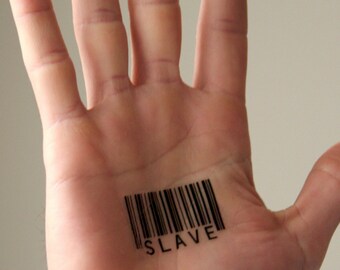Makos 20b -21a
1. In continuation to the Munkatcher’s words about shaving and the Tzemach Tzedek we spoke about clapping on Shabbos.
Tosfos Beitza 30b writes that despite the Mishna explicitly prohibiting the clapping and dancing on Shabbos we can be lenient today because the reason given for the prohibition is that it can lead to repairing a broken musical instrument.
Nowadays when very few people are experts in repairing musical instruments clapping etc. can be permitted.
[always wondered about that whenever I see guitarist repairing and tying broken strings..]
And in Shulchan Oruch 339 it says that one should not clap or dance on Shabbos. The Ra”mo quotes the leniency of Tosfos. See here the Alter Rebbe’s words and accompanying footnotes.

The Rebbe when he wrote (246 לקו”ש ח”א) and spoke about this mentioned the Minchas Elazor in the footnote (או”ח כ”ט – Orach Chayim, vol. 1, Responsa 29) who takes issue with this leniency. He mentions the reform movement that allowed the playing on Shabbos of their church-like organs in their temples because of this Tosfos!

(as if they needed a solid ‘heter’….)
Also in 1992 the Rebbe spoke about the minhag of the big “oivdim‘ who would snap their fingers in middle of davening even on Shabbos.
2. Also spoke about the book Tikun Olam by Munkatcher’s chosid before WWII where he explains the battle against the Zionists- religious or not- and the letters of the Rebbe Rashab and Rayatz that are prominently featured there.
We learned the Mishna about the prohibition to tatoos.

body.Opinions whether or not the order of the tattooing process- first applying the ink and then puncturing of the skin or vice versa – is relevant to the prohibition.

Is this Lav limited to tattooing letters or any mark or picture is also prohibited?
We mentioned the Gemara in Gittin that discusses the weird case of a man that tattooed an entire ‘Get’ on the hand of his slave and then gifted the slave to his wife…….
Tosfos there mentions our Gemara that explicitly prohibits one to do this. We discussed how the Get is Kosher if the Sofer (scribe) did something that is forbidden m’De’oraisa. Similarly, the witnesses by tattooing their signature on the slave’s hand are transgressing this Lav and simultaneously disqualifying themselves. See Beis Shmuel #15.
The Minchas Chinuch writes that any writing on the skin is prohibited.

Interestingly, in Shulchan Aruch we find that if one tattoos his slave “in order that he should not escape” he is ‘potur’. The Rama adds that one should do this le’chatchila. Commentaries note that this Halacha is referring to a non-Jewish slave who has not converted yet.
I wonder if any of the Jewish slave owners of the South were aware of this…..

(Did they use White Out?- that’s racist)
